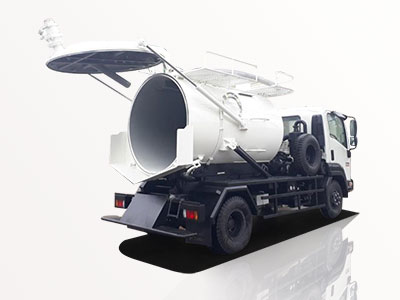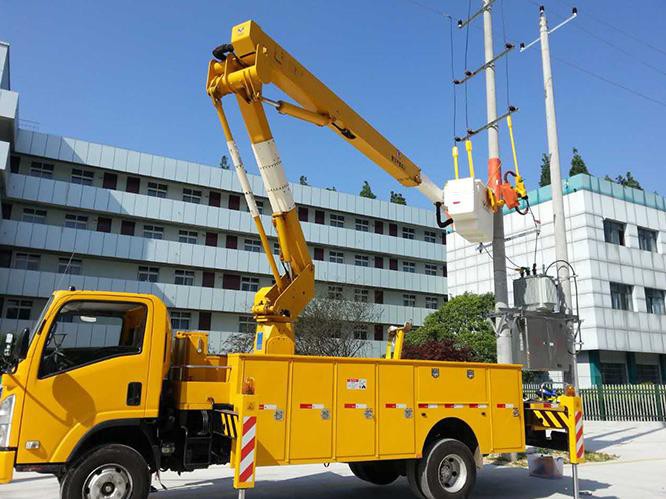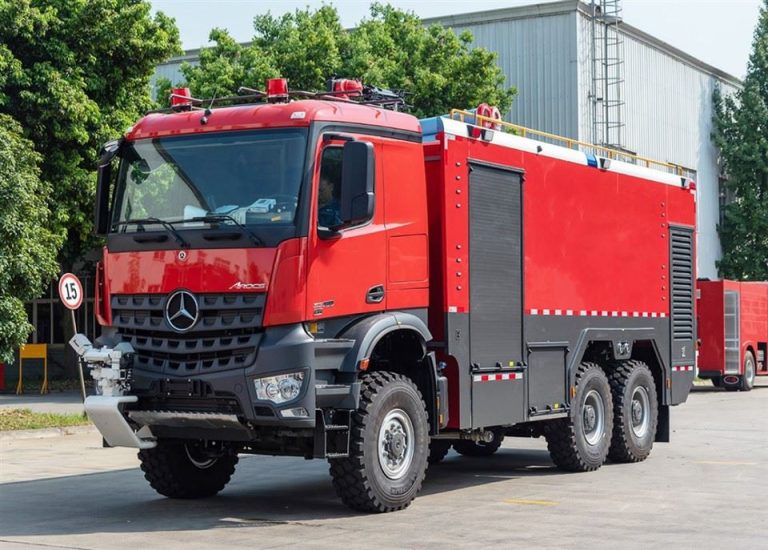Introduction
Fire truck water tanks play a critical role in firefighting operations. They serve as the primary supply of water for fighting fires, ensuring that firefighters have the necessary resources at their fingertips. Understanding the design, capacity, materials, and maintenance of these tanks is essential for both fire departments and individuals interested in fire safety. This article delves deep into everything related to fire truck water tanks, providing practical insight, examples, and tips.
What is a Fire Truck Water Tank?
A fire truck water tank is a specialized container mounted on a fire apparatus designed to store and transport water to the scene of a fire. The tank is vital for supplying water for firefighting purposes, especially in areas where a direct water supply is not readily available.
Types of Fire Truck Water Tanks
Fire truck water tanks come in various types, tailored to meet the specific needs of different firefighting scenarios.
1. Onboard Tanks
These tanks are built into the fire truck and are used to store water that the truck can access immediately. Onboard tanks are typically made from aluminum or fiberglass.
2. Portable Tanks
Portable tanks can be deployed in areas where water supply is limited. They are used to collect water from nearby sources and can be easily transported to the scene.
3. Drop Tanks
Drop tanks are large, collapsible containers used to hold water temporarily at the site of a fire, allowing fire trucks to refill without returning to a water source.
Components of a Fire Truck Water Tank
Understanding the components of a fire truck water tank helps in appreciating its function and maintaining it. Here are the main components:
1. Tank Body
The tank body is usually constructed from materials such as aluminum, stainless steel, or polyethylene. Each material has its advantages regarding weight, durability, and corrosion resistance.
2. Inlet and Outlet Valves
Valves control the flow of water into and out of the tank. They must be reliable and easy to operate, especially during emergencies.
3. Venting System
A vent system allows air to escape when water is pumped out and prevents a vacuum from forming inside the tank, which can impede water flow.
4. Fill Pipe
This pipe allows water to be pumped into the tank from an external source. It is typically located at the top of the tank for easy access.
Capacity and Sizing of Fire Truck Water Tanks
The capacity of fire truck water tanks varies significantly based on their intended use. Fire trucks typically carry anywhere from 300 to 3,000 gallons of water.
Factors Influencing Tank Size
- Type of Fire: Different fires require different amounts of water.
- Response Area: Rural areas with limited water sources may require larger tanks.
- Fire Truck Type: The size and design of the truck itself also influence tank size.
Common Tank Sizes
| Tank Size (Gallons) | Common Applications |
|---|---|
| 300 | Small rural fire departments |
| 750 | Suburban fire trucks |
| 1,500 | City fire departments |
| 3,000 | Industrial fire trucks |
Construction Materials Used in Fire Truck Water Tanks
Choosing the right material for constructing fire truck water tanks is crucial for durability and performance. The most common materials include:
1. Aluminum
Lightweight and resistant to corrosion, aluminum is a popular choice for many fire departments. It is easy to shape and install but can be more costly.
2. Stainless Steel
This material offers excellent durability and resistance to corrosion but can be heavier and more expensive compared to aluminum.
3. Polyethylene
Polyethylene tanks are lightweight, resistant to rust and corrosion, and typically more affordable, making them a viable option for many rural fire departments.
Maintenance of Fire Truck Water Tanks
Regular maintenance of fire truck water tanks is vital for ensuring safety and performance. Here are some tips for effective maintenance:
1. Regular Inspections
Perform frequent visual inspections for any signs of leaks, cracks, or corrosion. Address any issues promptly to avoid more significant problems later.
2. Cleaning
Clean the tank regularly to prevent sediment buildup, which can contaminate the water and cause operational issues. A professional cleaning service may be required for thorough cleaning.
3. Testing Valves and Pumps
Regularly test the inlet and outlet valves for functionality. Malfunctioning valves can seriously hinder firefighting efforts.
Fire Truck Water Tank Regulations and Standards
There are various standards and regulations set by organizations such as the National Fire Protection Association (NFPA) that govern the design and maintenance of fire truck water tanks.
1. NFPA Standards
The NFPA has specific guidelines regarding the capacity, construction, and maintenance of fire apparatus. Fire departments must adhere to these standards to ensure safety and reliability.
2. Local Regulations
Local fire codes may impose additional requirements based on the area’s specific needs and risks, so it’s essential for fire departments to be familiar with them.
Practical Examples of Fire Truck Water Tank Setups
Examining real-world examples of fire truck water tanks can provide valuable insights:
1. Urban Fire Departments
Urban fire trucks may have larger onboard tanks (1,500-3,000 gallons) to handle the high volume of calls and immediate needs for fire suppression. They might also be equipped with advanced pumping systems.
2. Rural Fire Departments
Rural departments often utilize smaller tanks (300-750 gallons) on their trucks, complemented by portable tanks to ensure adequate water supply in areas lacking hydrants.
FAQ Section
1. How long do fire truck water tanks typically last?
With proper maintenance, fire truck water tanks can last 10-20 years, depending on the material and usage.
2. Can fire truck water tanks be repaired?
Yes, minor leaks and damages can often be repaired. However, significant damage may require replacement.
3. What is the difference between a drop tank and a portable tank?
Drop tanks are collapsible pools that are filled with water at the site and typically remain there, while portable tanks are designed for transport and quick access to water sources.
4. Are fire truck water tanks insulated?
Most fire truck water tanks are not insulated, but some may have insulation to prevent freezing in cold climates.
5. How are fire truck water tanks filled?
They are usually filled through a fill pipe connected to an external water source, such as a hydrant or water tender.
6. What features should I look for in a fire truck water tank?
Look for reliable materials, sufficient capacity for your area’s needs, easy-to-use valves, and a well-designed venting system.



